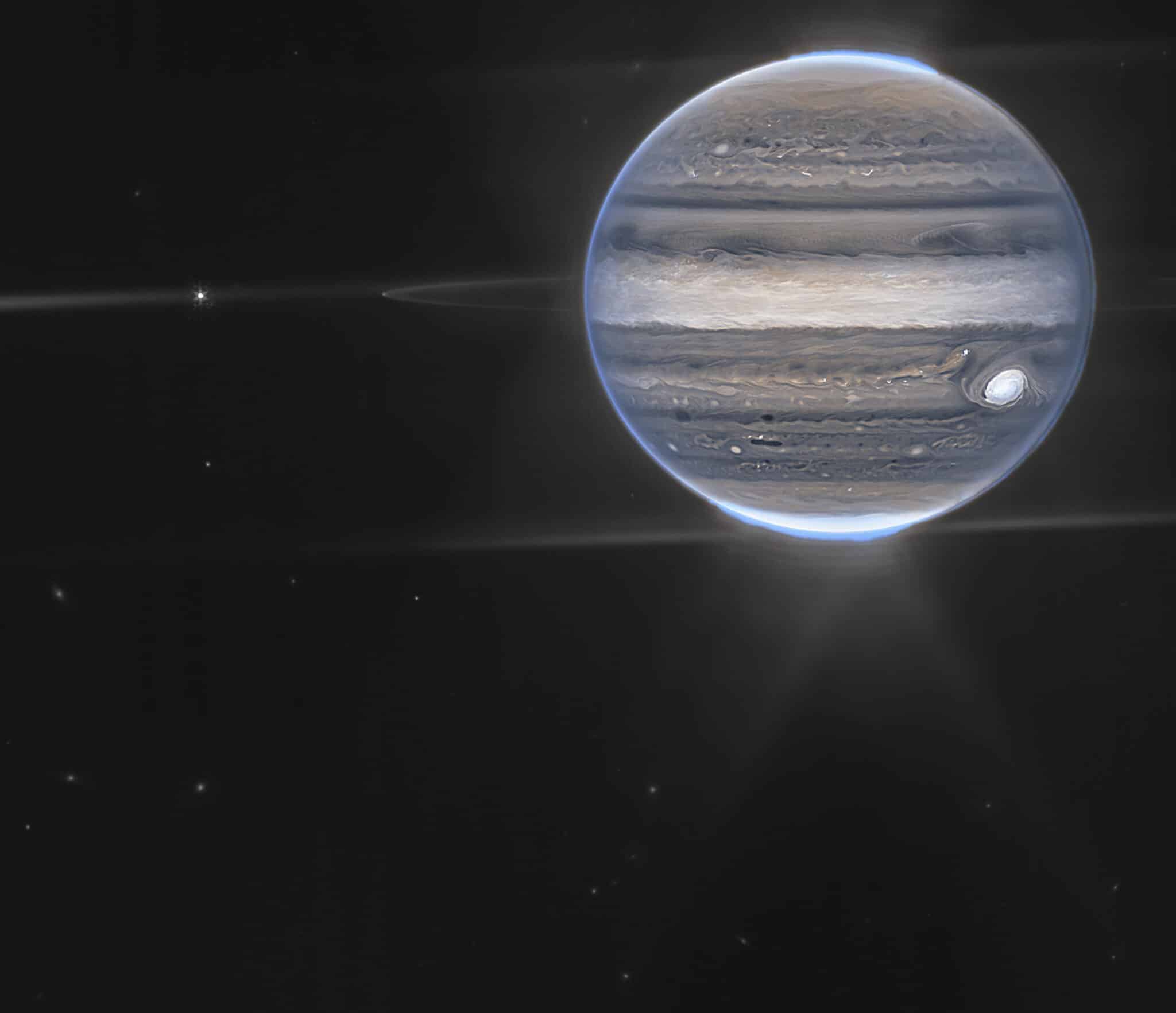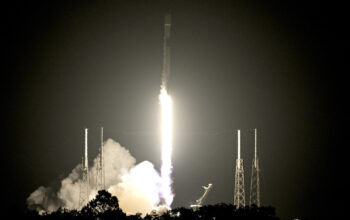A satellite belonging to the European Space Agency is slated for a fiery return to Earth’s atmosphere early Wednesday morning. As it descends from orbit, the majority of the satellite is expected to disintegrate due to the intense heat produced by reentry. This forecasted event is drawing attention from space enthusiasts and experts alike as they await its dazzling end.
Monitoring the descent is the ESA’s Space Debris Office, in collaboration with an international team of trackers. They’ve pinpointed the Earth-observing ERS-2 satellite’s likely reentry at approximately 6:14 a.m. Eastern Time on Wednesday. However, there’s a notable margin of error, as predictions include a 15-hour period of uncertainty.
To keep interested parties informed, the ESA is hosting live updates on its official website, sharing the satellite’s final moments in near real-time. The community following the event can expect continuous information as the situation develops. This transparency provides not only data but also an educational spectacle as the public witnesses the complexities of space operations.
One of the challenges in determining the ERS-2 satellite’s exact reentry time is its “natural” reentry trajectory. Due to its uncontrolled descent, it’s impossible to make precise predictions about where or when it will breach Earth’s atmospheric boundary and ignite. The ESA has highlighted this aspect, citing the lack of maneuverability as a key factor in the unpredictability of its final path.
Contributing to the timing uncertainty is solar activity, which affects the density of Earth’s atmosphere. Fluctuations in solar behavior can alter atmospheric drag, thereby influencing the speed at which the satellite falls. With the sun currently approaching the peak of its 11-year cycle, known as the solar maximum, such activity is gradually increasing.
Expectations of reaching the solar maximum later this year add another layer of complexity to the event. Increased solar emissions could accelerate changes in the atmosphere, thus impacting the satellite’s descent. As space agencies and observers watch the celestial events unfold, the anticipation serves as a reminder of the dynamic nature of our solar system and its effects on objects in orbit.

















